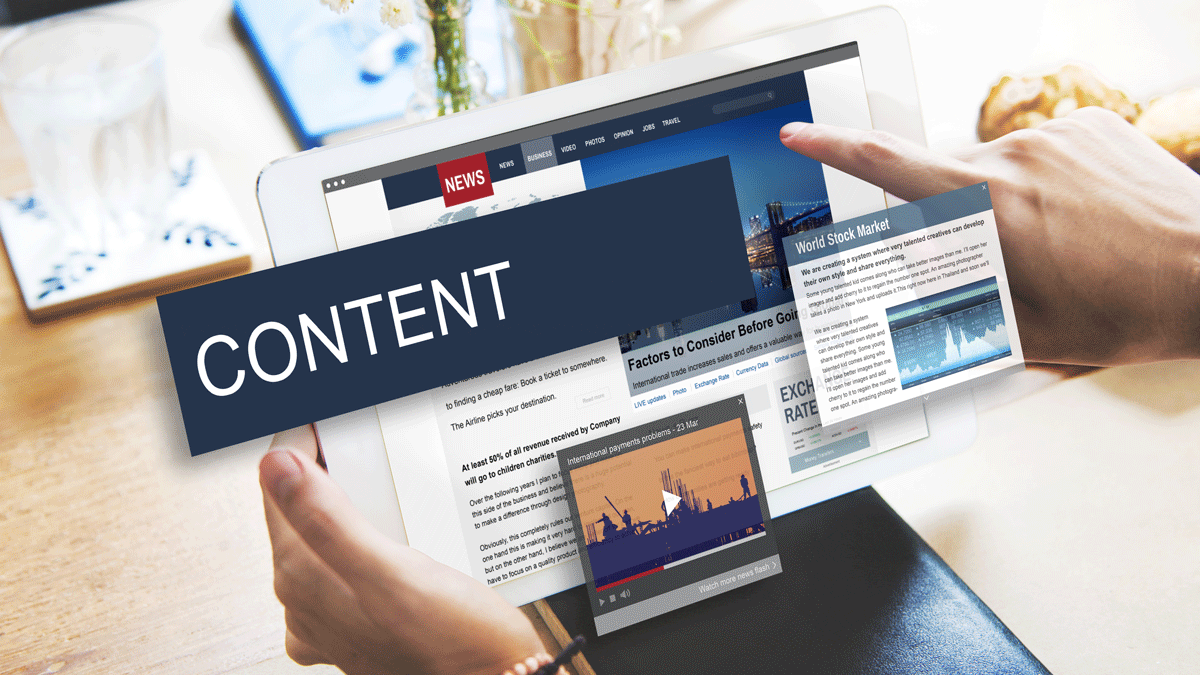POV
The 3 C’s of B2B Content Marketing
By: Marc Cooper, CM
We often don’t know where to start with B2B content marketing. Perhaps you have built out a path to purchase or a journey map and you have a reasonable idea of the steps a buyer goes through before buying from you. But how do you know if what you have to say about your product or service will resonate with your audience, and even if it will, how do you ensure you get your content in front of the right people at the right time?
My colleague Dan Mariani and I were researching this very topic, with the goal of simplifying the process marketers have to go through when developing buyers’ journeys.
To skip ahead a bit; we developed an eBook complete with a workbook to help you understand and document what your buyers are looking for and how you can help deliver it. We call this The Buyer’s Engagement Journey, where we honed in on connecting the buyer’s journey to your response as a marketer, essentially developing a journey that is simple to create, implement and evolve.
But let’s go back to where I started, how do we know if our content is what our audience is looking for? And if it is, how do we know if they will see it and will it resonate with them. Well, that’s where we focus on the fundamentals of communication as the basis for a checklist to success; we have defined communication as the relevant 3C’s – Content, Channel and Context. It’s about giving the right communication (3C’s) at the right time.
Think of it this way:
Content is the information that is being gathered and provided. It is the facts, and features or benefits of the message – the “what”. For example, it’s the details of your product or service that will help the target solve their problem – TIP – it’s all about them and their problem, not about you and your product.
Channel is “where” and “when” the message is most likely to reach and be accepted by the target. Here we have to consider the buyer’s mindset. For example, if they are on their way to work then business is most likely on their mind; on the way home, personal activities may become front and centre.
Context is the most misunderstood. We are looking at context from the marketer’s perspective. We have separated it from content to allow for greater impact in the communication. The way in which the context complements and supplements the content will help to clarify and enhance the impact of the content.
The context is “how” the message is packaged in the communication channel; it is everything except the “what” and the “where”. The context is the creative application of the message – the visual packaging, the emotion, the psychology, the tone and the manner. This separation allows for more detailed and relevant communication. For example, some buyers may prefer bullet points instead of full sentences; some may like a video versus an article.
Knowing what your audience is looking for is the important first step but delivering it to them where and when they are ready for it, as well as in a format they want is a little trickier. Hopefully breaking it down by the 3 C’s of communications will help you hit the mark more often.
And if you need a little more help in getting started with understanding your buyer’s needs, feel free to check out our eBook The Buyer’s Engagement Journey.
